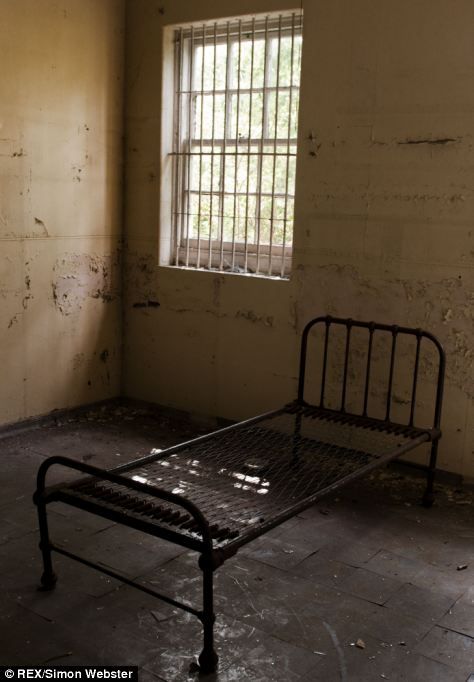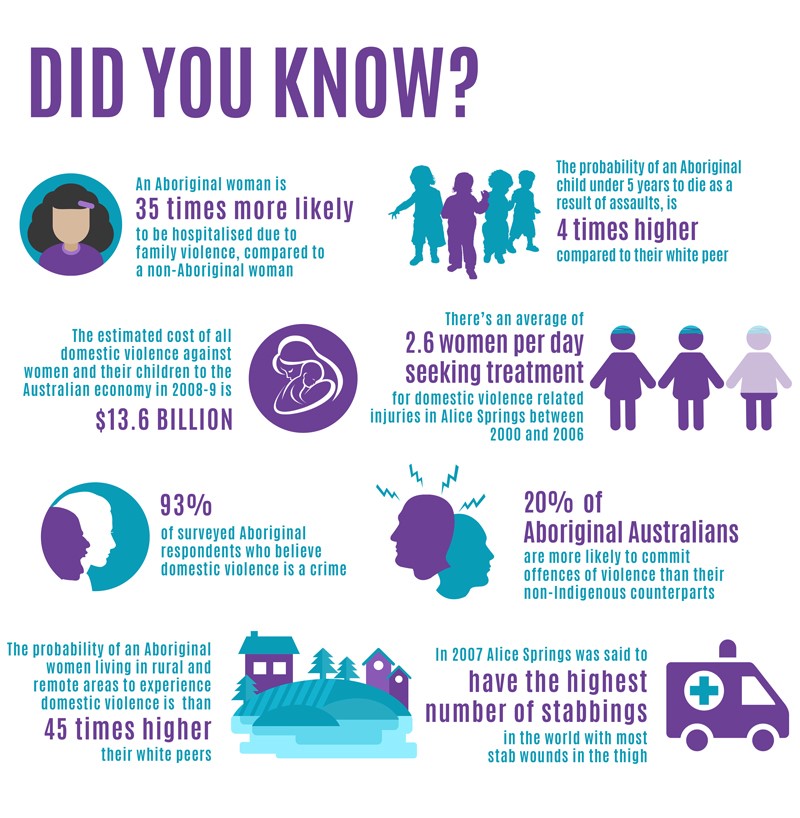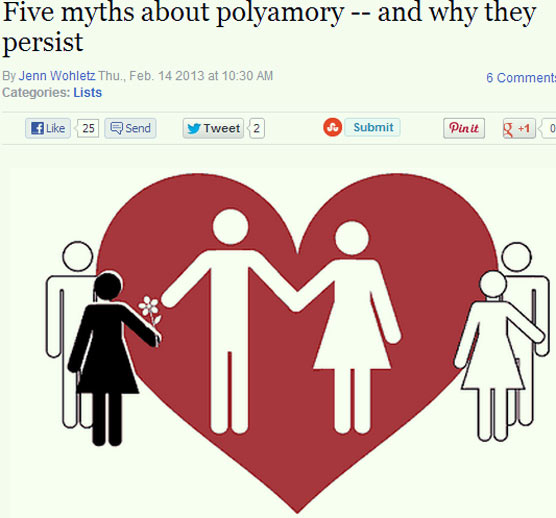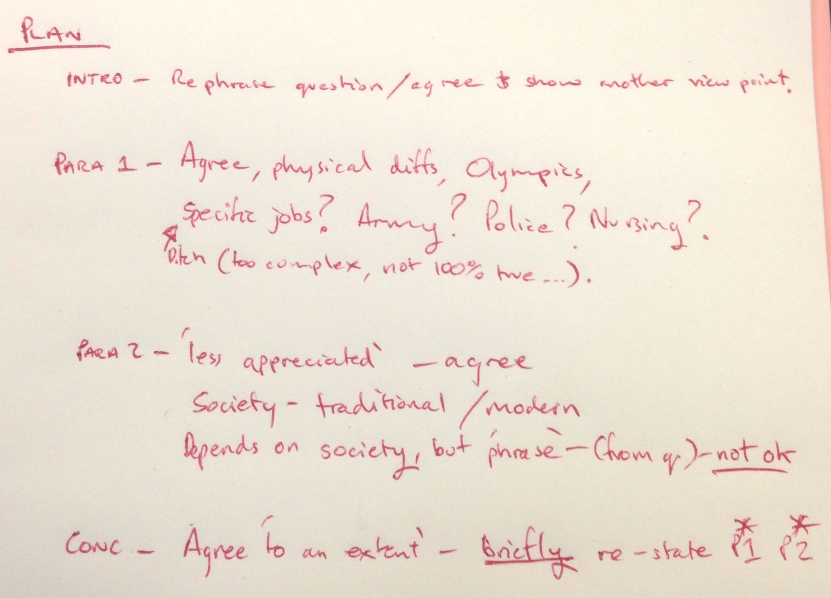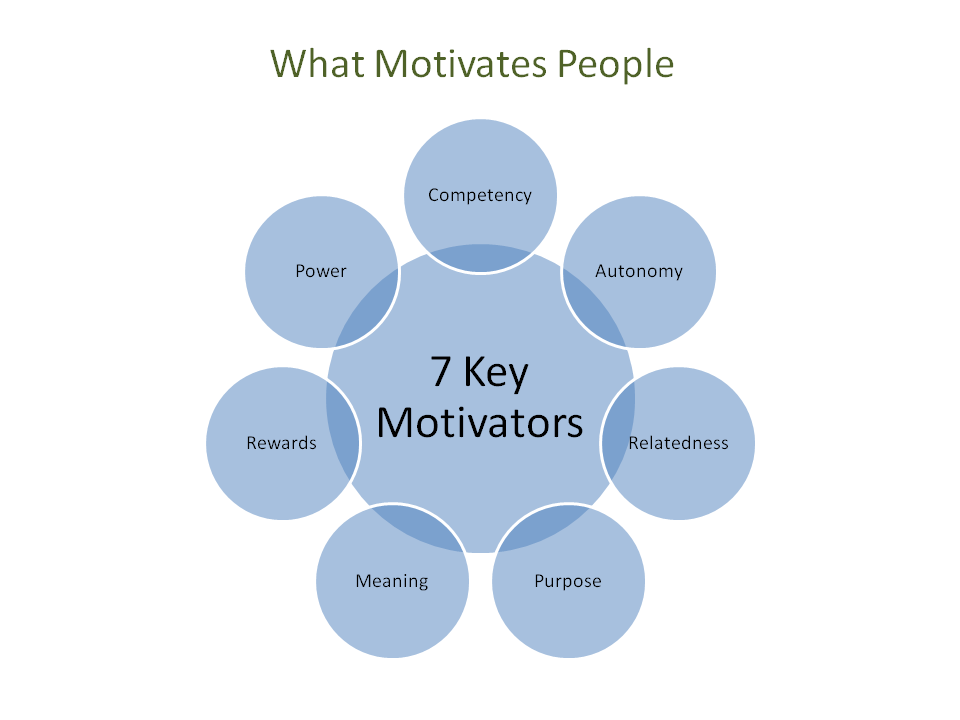Symptoms of rejection
Rejection Sensitive Dysphoria: Causes, Signs & Treatment
Updated 10/22/2021
No one likes rejection – it doesn’t matter if it comes from friends, family, coworkers, or a crush. While some people can move on from rejection easily, others find the feeling excruciating, so much so that it triggers an overwhelming emotional response of emotional pain and anxiety. While it is completely normal to be a sensitive person, someone with high rejection sensitivity will experience deep emotional pain from their mood disorder. Those who have a more painful reaction to rejection may be experiencing rejection sensitive dysphoria (RSD), characterized by extreme emotional sensitivity to being criticized or rejected (it can occur even when no rejection has taken place).
What is Rejection Sensitive Dysphoria?
For those who experience rejection sensitive dysphoria, normal life experiences such as rejection, criticism, or failure simply become too much to bear. Their responses are much more severe than would be typically expected, and can be restricting, difficult to manage, and affect quality of life. Sometimes, this complete dread of rejection will fuel a person to work hard to be universally liked, or they may avoid situations where they could be hurt emotionally. This mental health condition can also negatively impact relationships – the belief that you are being, or will be, rejected becomes a self-fulfilling prophecy.
While no one enjoys rejection or failure, those with rejection sensitive dysphoria may exhibit symptoms such as:
- Being easily embarrassed or ashamed
- Having an emotional outburst and getting angry when they feel rejected
- Setting impossibly high standards for themselves
- Experiencing low self-esteem
- Feeling anxious, especially in social settings
- Having issues with relationships
- Avoiding social situations and other people
- Feeling like a failure because they haven’t lived up to others’ expectations
- Thinking about hurting themselves after experiencing rejection
It is important to note, some of these symptoms are also common in other mental health conditions, such as:
- Bipolar disorder
- Borderline personality disorder
- Posttraumatic stress disorder
- Obsessive-compulsive disorder
- Depression
- Social phobia
This mental health condition can look like other mental health conditions, so it is important to get the right diagnosis from a licensed psychologist, psychotherapist, counselor, doctor, or other mental health provider.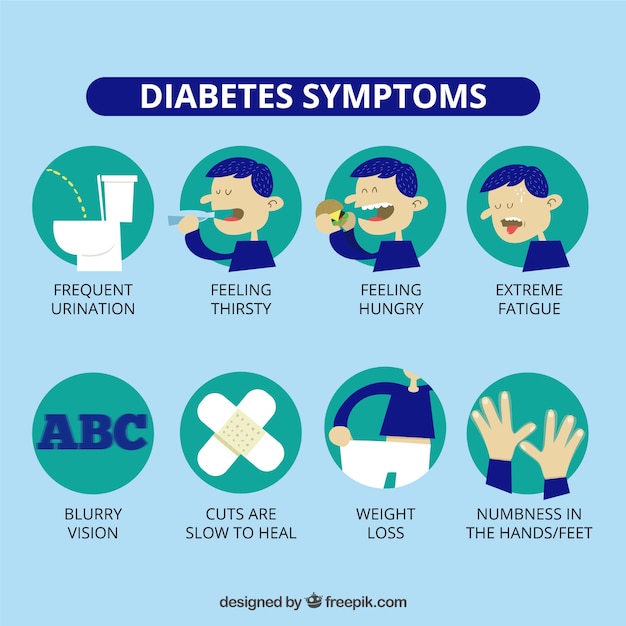 There is a causal link between having adult ADHD and experiencing any of these symptoms, so consider seeking a more immediate diagnosis.
There is a causal link between having adult ADHD and experiencing any of these symptoms, so consider seeking a more immediate diagnosis.
Those who have RSD are extremely sensitive to perceived rejection and triggered by certain situations – but the exact reason for this is not yet fully understood. Like many mental health issues, there is not one single factor that causes this rejection sensitivity, but rather, it is often a history of trauma – rejection and neglect early in life – as well as genetics that play a role.
Some people are genetically predisposed to RSD, and it can be passed down in families. In other instances, someone with RSD may have experienced a parent or caretaker who is overly critical or neglectful. In these situations, it’s likely that trauma may have contributed to the sufferer’s low self-esteem, intense fear of rejection, anxiety, and of abandonment in their relationships. Other situations can also cause an extreme sensitivity to rejection, including being bullied by peers or a romantic partner.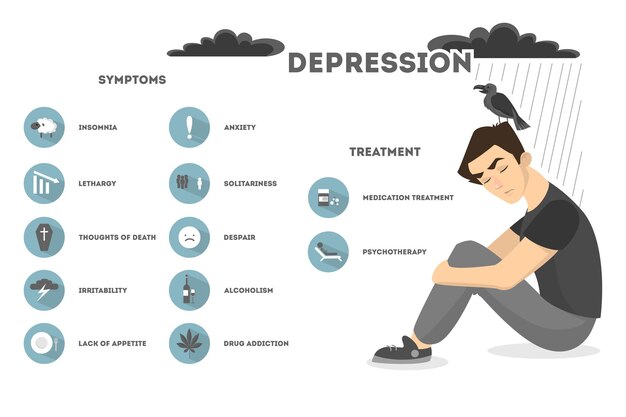
While rejection sensitive dysphoria can impact anyone, research suggests some groups are much more susceptible to those feelings. Often, people who have attention deficit hyperactivity disorder (ADHD) are very sensitive to what other people think or say about them, with up to 99% of teens and adults with ADHD reporting they are more sensitive to rejection.
ADHD involves the nervous system overreacting to stimuli from the outside world. Thus almost any type of perceived rejection can trigger a stress response and cause extreme emotional reactions. In fact, researchers estimate by age 12, children with ADHD get 20,000 more negative messages about themselves than other children their age, chipping away at their self-esteem. The criticism or rejection can be imagined, but it is often based on real feedback because of their condition.
How to Diagnose Rejection Sensitive DysphoriaA doctor must first rule out if the rejection sensitive dysphoria is connected to an underlying mental health issue when determining if a person has the condition.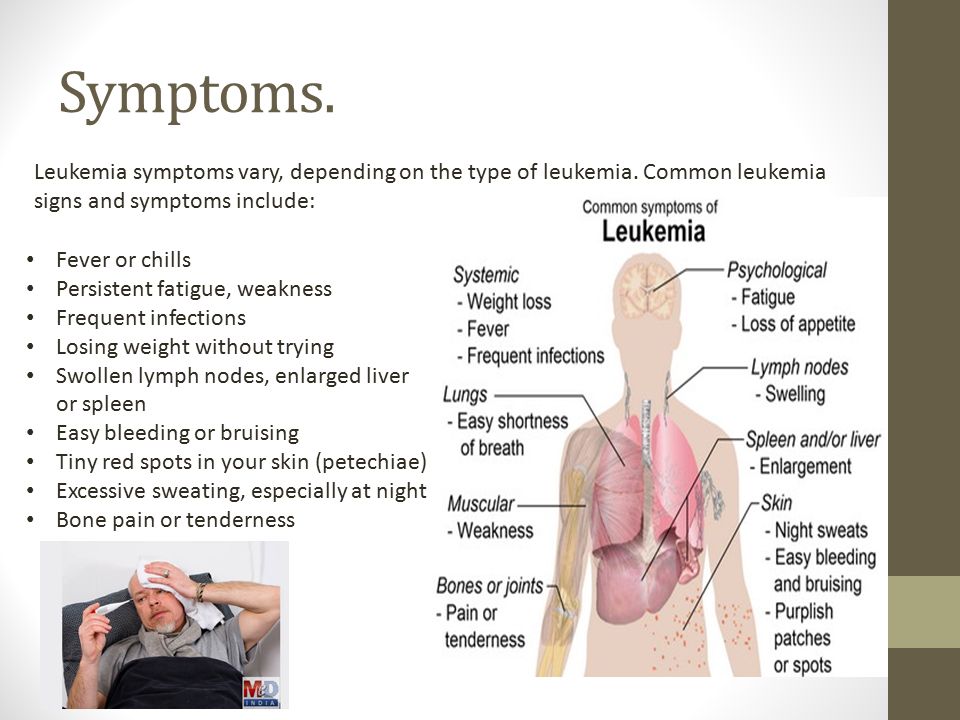 This is because its symptoms are also common in other mental health issues. To assess symptoms, be sure to seek a professional diagnosis from a licensed counselor, psychologist, psychotherapist, or other mental health professional.
This is because its symptoms are also common in other mental health issues. To assess symptoms, be sure to seek a professional diagnosis from a licensed counselor, psychologist, psychotherapist, or other mental health professional.
During the initial consultation, a doctor may ask about family history and symptoms. A person will likely answer questions about how they react and feel in certain situations. There are also online self-tests to help determine if a person’s symptoms match those of RSD.
Some of the screening questions may include:
- Do you experience sudden, intense feelings of rage when your feelings are hurt?
- Do you experience sudden depression when you feel rejected or criticized?
- Are you your harshest critic?
- Do you feel anxious in social situations because you assume no one likes you?
- Are you a “people pleaser” who goes above and beyond to get on someone’s good side?
- Do you think that you cannot go on feeling this way?
While there is not a cure for this condition, there are treatment opportunities.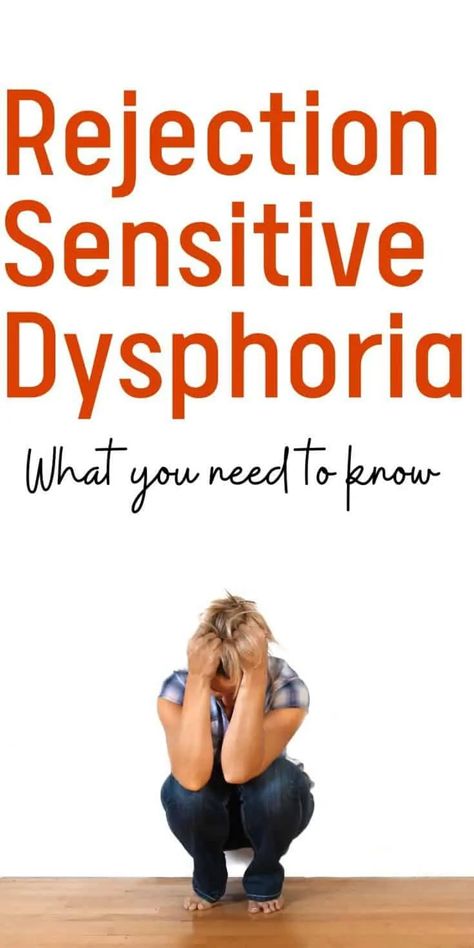 The best treatment options for rejection sensitive dysphoria depend on two primary factors:
The best treatment options for rejection sensitive dysphoria depend on two primary factors:
- the intensity of your symptoms
- if there is overlap with other disorders
Medication may be prescribed to help calm a person’s physiological reactions to rejection and also relieve associated symptoms such as hyperactivity and depression.
Cognitive behavioral therapyBesides medication, cognitive behavioral therapy can also help reduce a person’s hypersensitivity and help them cope with rejection and criticism. During cognitive behavioral therapy, an individual works with a licensed professional therapist in a highly structured way to help develop specific, actionable coping techniques. The focus is placed on treating a person’s problems by managing dysfunctional emotions, behaviors, and thought patterns.
Stress managementBetter managing life’s stress can also help treat RSD, as a person is more likely to have an emotional reaction to rejection if they are stressed out.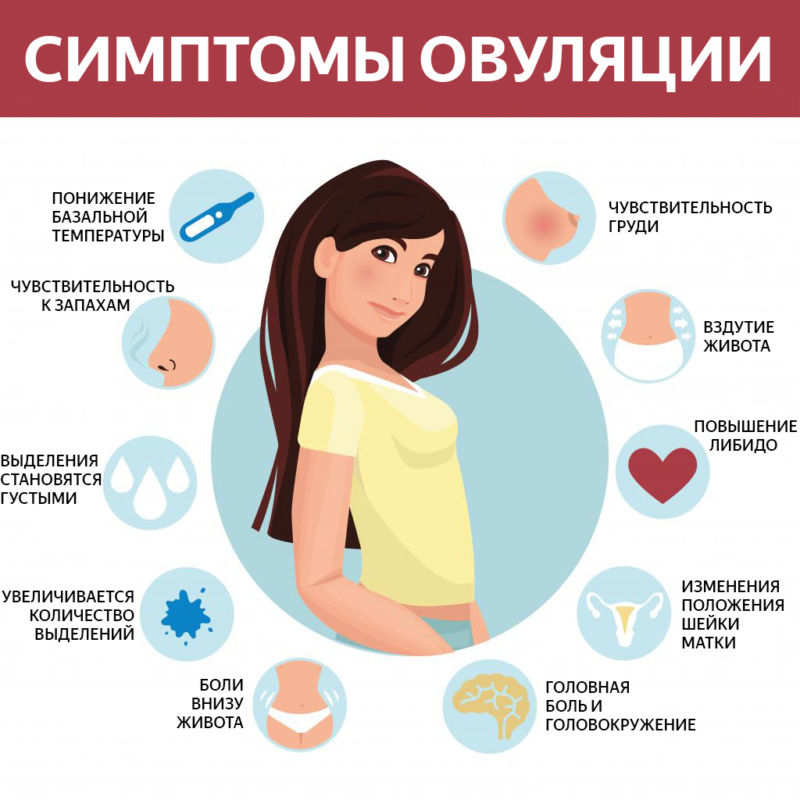 Be sure to eat well, get enough sleep and participate in physical exercise to help promote a calm mind.
Be sure to eat well, get enough sleep and participate in physical exercise to help promote a calm mind.
There is promise in treating rejection sensitive dysphoria – and the first step is awareness. Although rejection sensitive dysphoria is linked to ADHD and some other mental health conditions, anyone can experience extreme emotional sensitivity at being criticized or rejected. Over time, symptoms will get worse if they are not treated, making it essential to start the conversation with a mental health professional if intense or overwhelming emotional reactions do occur when you experience rejection.
If you’re looking for immediate help with your rejection sensitive dysphoria, consider speaking with an online therapist — a convenient way to start feeling better fast.
Rejection Sensitive Dysphoria (RSD): Symptoms & Treatment
Overview
What is rejection sensitive dysphoria (RSD)?
Rejection sensitive dysphoria (RSD) is when a person feels intense emotional pain related to rejection.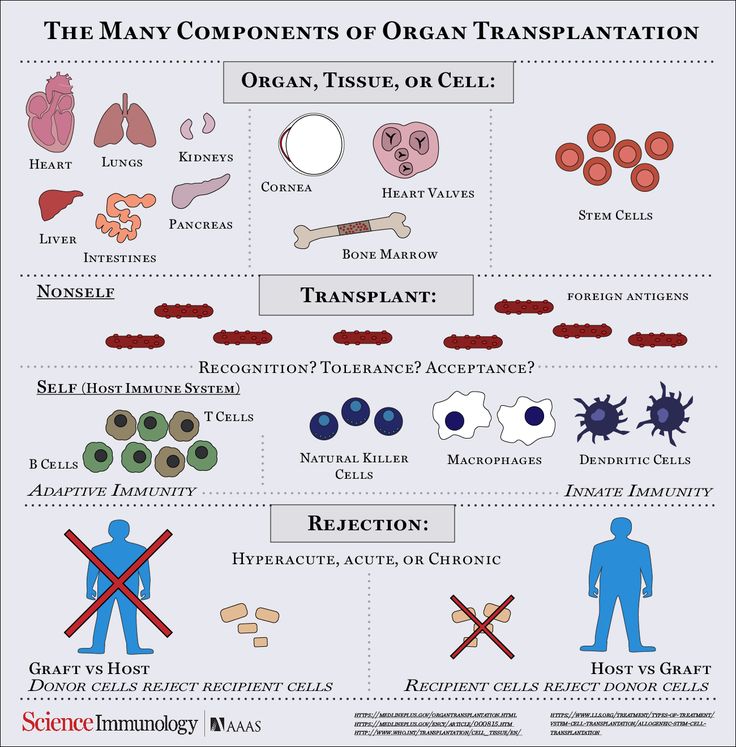 The word “dysphoria” comes from an ancient Greek word that describes a strong — if not overwhelming — feeling of pain or discomfort. Though RSD isn’t an officially recognized symptom or diagnosis, it’s still a term that experts use in connection with recognized conditions.
The word “dysphoria” comes from an ancient Greek word that describes a strong — if not overwhelming — feeling of pain or discomfort. Though RSD isn’t an officially recognized symptom or diagnosis, it’s still a term that experts use in connection with recognized conditions.
While rejection is something people usually don’t like, the negative feelings that come with RSD are stronger and can be harder to manage or both. People with RSD are also more likely to interpret vague interactions as rejection and may find it difficult to control their reactions.
What’s the difference between rejection sensitivity and rejection sensitive dysphoria?
RSD and rejection sensitivity are closely linked, but there are subtle differences. To understand the differences, it helps to first know about an issue known as emotional dysregulation.
What is emotional dysregulation?
The human brain has an elaborate network of connections between its different areas. Those areas have different jobs, with some areas managing memories, emotions, input from your senses, etc.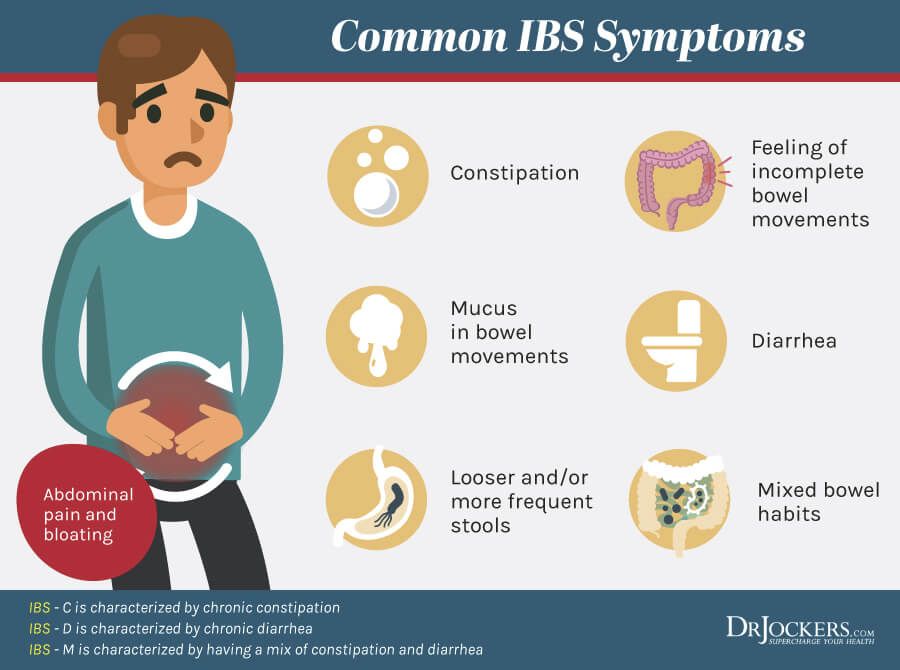 As you get older, your brain learns to regulate those signals, keeping them at manageable levels. This is much like the volume control on a TV when it keeps the sound at levels you find comfortable.
As you get older, your brain learns to regulate those signals, keeping them at manageable levels. This is much like the volume control on a TV when it keeps the sound at levels you find comfortable.
Emotional dysregulation happens when your brain can’t properly regulate the signals related to your emotions. Without that ability to manage them, it’s as if the TV volume control is stuck at a disruptively or painfully high level. In effect, emotional dysregulation is when your emotions are too loud for you to manage, causing feelings of being overwhelmed, uncomfortable or even in pain.
Emotional dysregulation can happen with many conditions, especially those affecting your brain’s structure or how it processes information. It happens commonly with personality disorders, mood disorders and more.
Emotional dysregulation and rejection sensitivity
Emotional dysregulation happens with both rejection sensitivity and RSD. Dysphoria doesn’t. People with rejection sensitivity can do one or more of the following:
- Feel severe anxiety or other negative emotions before an anticipated rejection.

- Have trouble seeing nonpositive interactions (such as neutral or vague reactions) as anything but rejection and react accordingly.
- Overreact to feelings of rejection, leading to behavior that reflects negative emotions like anger, rage, extreme sadness, severe anxiety, etc.
While all of those are also possible with RSD, there’s one more component: People with RSD describe feeling an intense — if not overwhelming — level of emotional pain.
Symptoms and Causes
What are the symptoms of rejection sensitive dysphoria?
As mentioned, the key symptom of RSD is intense emotional pain. That pain usually has to be triggered by rejection or disapproval. However, people with RSD often have difficulty describing what it feels like because it’s so intense and unlike most other forms of pain (emotional or otherwise).
People with RSD often show the following traits and behaviors:
- It’s very easy for them to feel embarrassed or self-conscious.
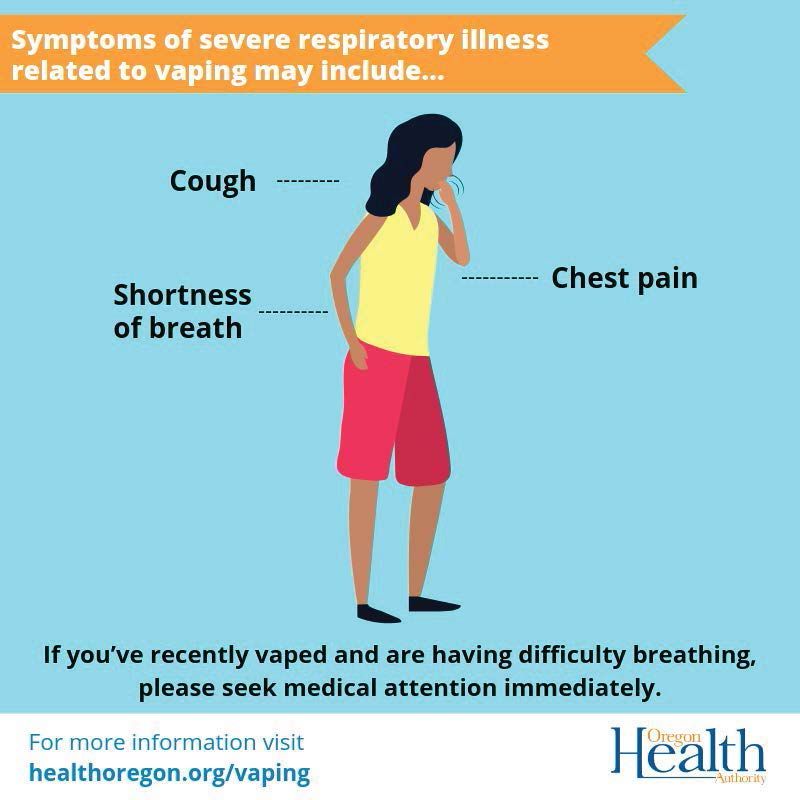
- They show signs of low self-esteem and trouble believing in themselves.
- They have trouble containing emotions when they feel rejected. This is often noticeable in children and teenagers with this condition. Some may react with sudden shows of anger or rage, while others may burst into tears.
- Instead of losing control of their emotions outwardly, some people with RSD may turn their feelings inward. This can look like a snap onset of severe depression, and sometimes, it’s mistaken for sudden emotional shifts that can happen with bipolar disorder or borderline personality disorder.
- They’re often “people pleasers” and become intensely focused on avoiding the disapproval of others.
- They may avoid starting projects, tasks or goals where there’s a chance of failure.
- They compensate for their fear of failure or rejection by going all-out or striving for perfectionism. However, the downside of this is that they often experience intense anxiety and may not easily make self-care or downtime a priority.

Who does rejection sensitive dysphoria affect, and how common is it?
There’s limited available research on exactly who experiences RSD and how common it is. But the condition seems to happen most often in people with ADHD. Experts have also linked it to other personality and mood disorders, but more research is necessary regarding who experiences this issue and how common it is.
What causes rejection sensitive dysphoria?
Experts aren’t sure exactly why RSD happens. But they suspect it involves issues with the structure of your brain and that it happens for similar reasons as ADHD.
Researchers do know that social rejection — even when it’s vague or uncertain — causes similar brain activity to pain. They also know that the brain of someone with ADHD doesn’t regulate internal communication the same way as the brain of someone without ADHD. The brain areas that filter and regulate signals aren’t as active. This means there’s less of a filter on brain activity.
This difference in regulating internal communication is why people with ADHD commonly have trouble processing information from their senses. It also makes them prone to feeling overwhelmed by loud noises, bright lights or sudden changes in what’s happening around them. The brain of someone with ADHD might not be able to regulate pain-like activity, which would explain why rejection is so much more troubling and painful to someone with RSD.
Genetic connections
ADHD is a condition that has a genetic component, which means it commonly runs in families. Likewise, RSD — which has strong links to ADHD — is also more likely to have a genetic link.
Is rejection sensitive dysphoria contagious?
RSD isn’t an infectious condition. You can’t catch it from or spread it to others.
Diagnosis and Tests
How is rejection sensitive dysphoria diagnosed?
RSD isn’t an officially recognized medical condition. It’s also a condition for which there’s limited scientific research available.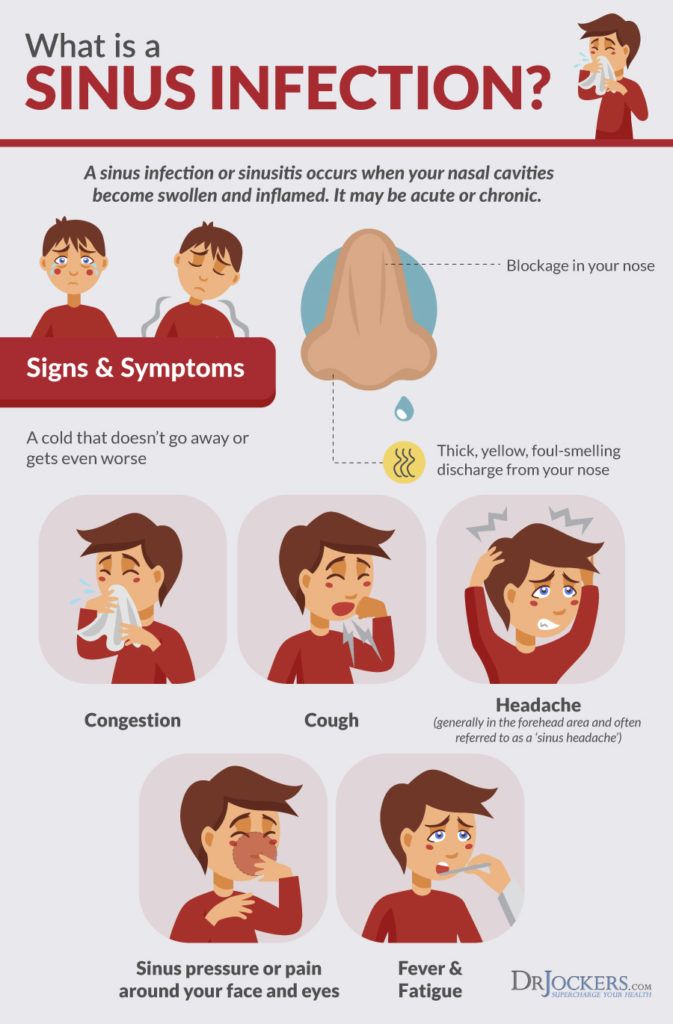 As a result, healthcare providers may not know much about it or have a great deal of experience with it.
As a result, healthcare providers may not know much about it or have a great deal of experience with it.
Instead, clinicians may suspect that you have it based on the symptoms you describe and whether you have other conditions like ADHD. Unfortunately, providers may not diagnose it because they aren’t familiar with RSD, or they mistake it for another condition.
Management and Treatment
How is rejection sensitive dysphoria treated, and is there a cure?
While there’s much that experts don’t know about RSD, there are still ways that experts can treat it. The treatment approaches can also take different forms, and it’s common to use multiple treatment approaches at the same time.
Medications
Medications are the main way to treat RSD. The drugs in question typically treat ADHD and related conditions. That’s because treating these conditions affects the same brain areas responsible for RSD symptoms, so treating one condition affects both. Other conditions have very similar effects on the same brain areas as RSD, and treatments for those conditions can often help.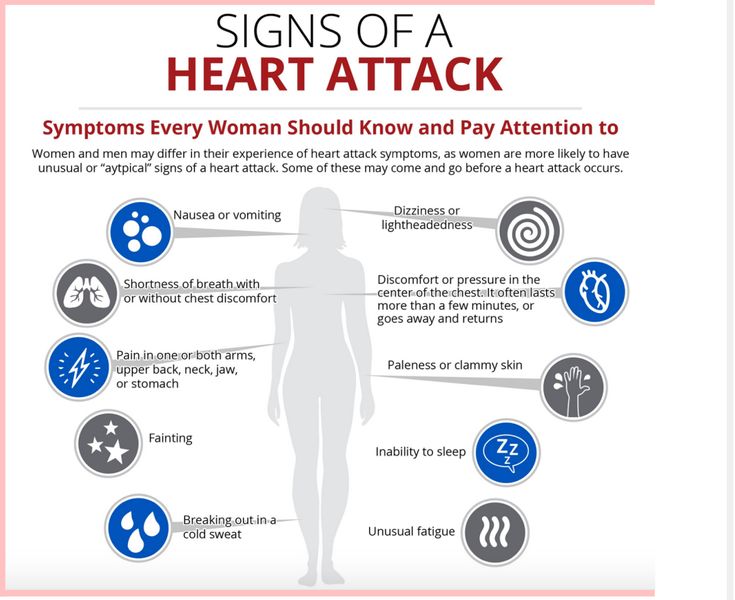
Because RSD isn’t an officially recognized medical condition, there aren’t any medications specifically approved to treat it. Instead, healthcare providers use a practice known as “off-label prescribing.”
Off-label prescribing means a healthcare provider prescribes a medication for conditions other than the ones they’re specifically approved to treat. This kind of prescribing is legal, medically acceptable and justified when evidence shows a medication has a low risk of causing harmful side effects and is effective for off-label use.
The following medication types can treat RSD:
- Alpha-2 receptor agonists. This type of medication activates a specific type of chemical receptor found on neurons (brain cells) in specific brain areas. Medications that activate those receptors, such as clonidine and guanfacine, make those areas more active. Activating those brain areas makes it easier for your brain to regulate internal communication, reducing the effect of RSD.
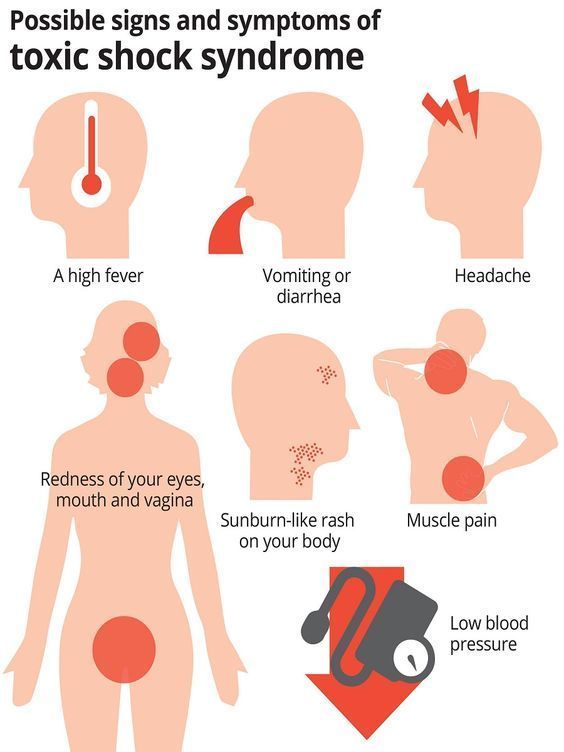
- Stimulant medications. These medications increase the levels of certain neurotransmitters in your brain. Neurotransmitters are chemical messenger molecules that your brain uses to communicate and activate or deactivate certain processes. Increasing certain types of neurotransmitters can increase activity in specific brain areas. That’s how stimulant medications such as amphetamine/dextroamphetamine (commonly known as Adderall®) and methylphenidate (better known as Ritalin®) make brain areas that regulate communication more active.
- Monoamine oxidase inhibitor (MAOI) medications. This class of medications treats depression, but experts also know medications such as tranylcypromine can help with RSD. However, you can’t take these medications at the same time as other common medications for ADHD. You also have to be careful with what you eat because certain foods (such as aged or strong cheeses, aged meats, etc.) can interact with MAOIs and cause a dangerous spike in blood pressure.
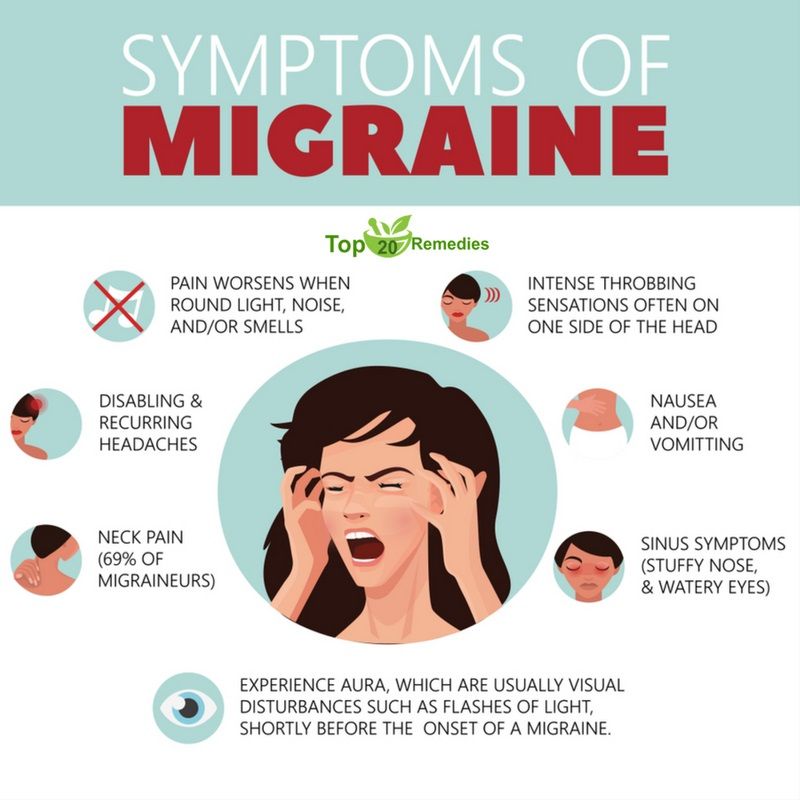
Psychotherapy
Psychotherapy (also known as mental health therapy) can help people with RSD. Therapy doesn’t stop RSD from happening or affect the symptoms. Instead, therapy can help a person learn how to process and manage feelings so they’re less overwhelming. That can help a person with RSD feel more in control of their emotions.
What are the possible side effects or complications of treatment?
The possible side effects and complications of the various treatments depend on various factors, especially the treatments themselves. Because of that, your healthcare provider is the best person to tell you what side effects or complications are possible or likely, and what you can do to limit how they affect you.
How do I take care of myself or manage the symptoms on my own?
If you think you have RSD, it’s important to see a healthcare provider to get a diagnosis of a related condition like ADHD and then to follow up with a mental health provider.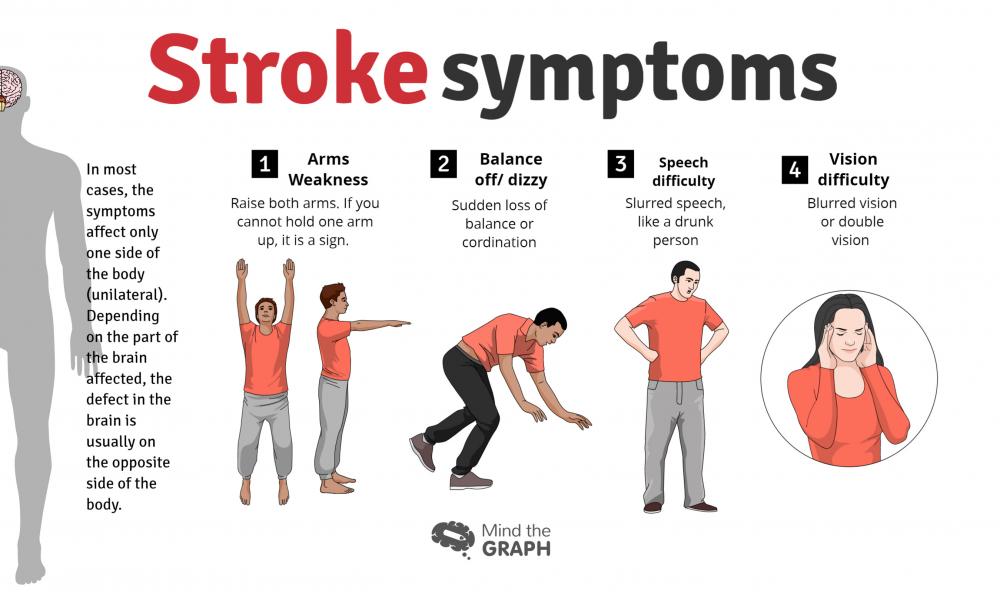 Some people can learn to manage RSD on their own, but it’s difficult to do so. That’s because RSD happens based on how your brain functions.
Some people can learn to manage RSD on their own, but it’s difficult to do so. That’s because RSD happens based on how your brain functions.
People with RSD also commonly have other mental health conditions, including anxiety and depression. In most cases, it takes a combination of medication and mental health therapy to learn to live with this condition. Your provider can recommend treatment options and guide you on what you can do to help yourself as you learn to manage RSD.
How soon after treatment will I feel better?
The time it takes to notice a difference from treatment depends on the treatments you receive. Medications can help with the symptoms, but mental health therapy offers the best chance of learning to live with RSD.
Because no two people’s brains are alike, and conditions like ADHD and RSD affect people differently, the time it takes to notice changes and improvements can also vary. Your healthcare provider is the best person to tell you more about when you should expect to notice changes and what else you can do to help yourself manage this condition.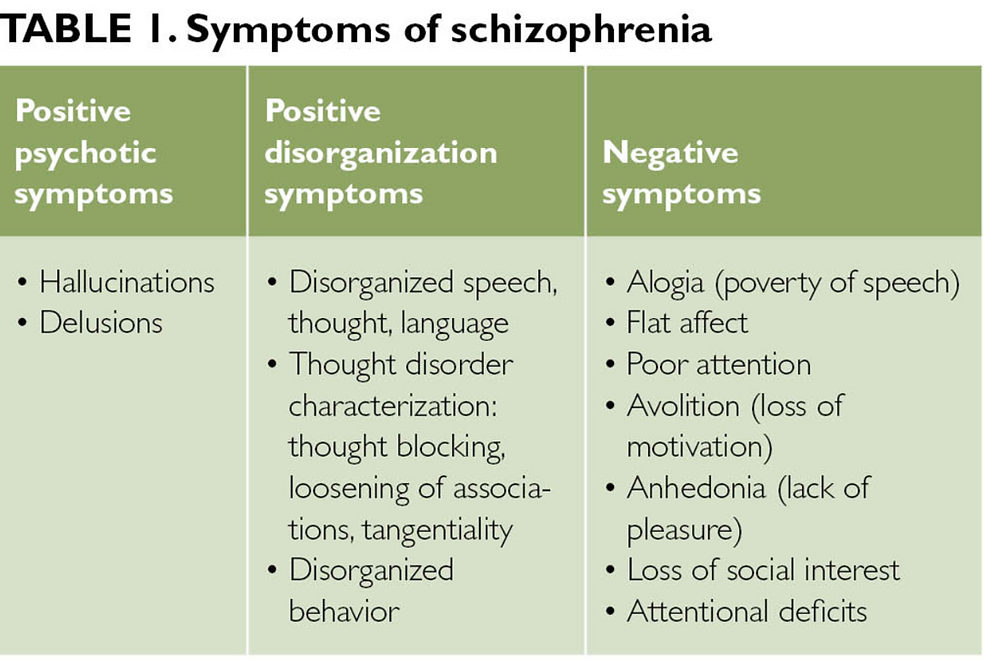
Prevention
How can I reduce my risk of developing rejection sensitive dysphoria or prevent it entirely?
Unfortunately, RSD happens for unpredictable reasons that experts don’t yet understand. Because of that, it’s impossible to prevent it or reduce your chances of developing it.
Outlook / Prognosis
What can I expect if I have RSD?
People with RSD typically develop behaviors and mental health issues that stem from their fear of rejection. Children with ADHD and RSD also face potential problems with low self-esteem, fear of failure and severe social anxiety. These issues can affect performance in school, building social relationships and friendships, and more. Researchers have also linked rejection sensitivity to a higher risk of having a personality disorder.
Adults with RSD are more likely to experience anxiety, depression and loneliness. People with RSD often avoid situations where the outcome or success is uncertain. This can lead to avoiding job opportunities, forming friendships or romantic relationships, and more.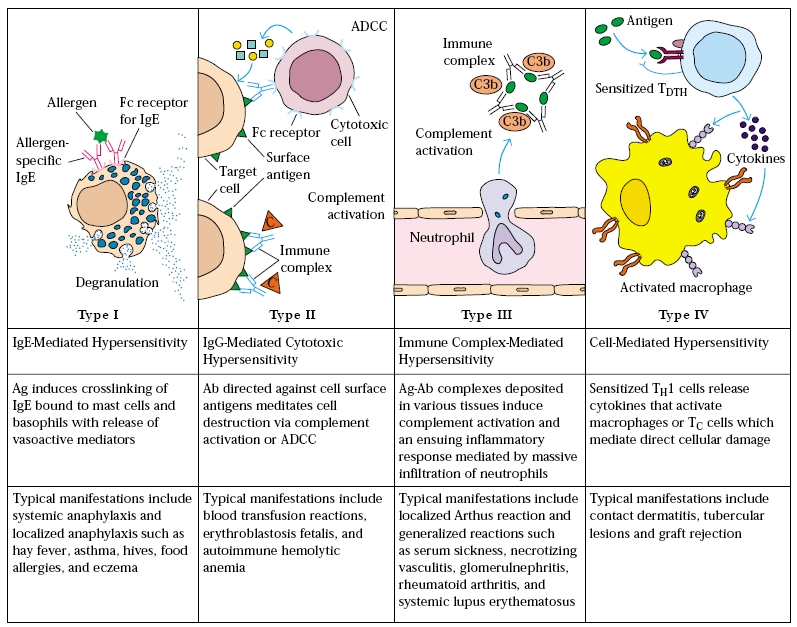
How long does RSD last?
There’s limited available research to show how long RSD lasts. People may grow out of ADHD as their brains develop, meaning that the condition eventually resolves on its own. For people who don’t grow out of ADHD, a condition like RSD is most likely a permanent, lifelong concern.
However, diagnosis and treatment — especially earlier in life — make it possible for people to adapt and manage it. Eventually, people with RSD may overcome the effects or at least learn how to limit its impacts on their lives.
What’s the outlook for this condition?
RSD on its own isn’t dangerous. But it does have connections to conditions that can be dangerous. Among these are anxiety and depression, which may increase the risk of self-harm or dying by suicide.
When to seek emergency care
You should get immediate help if you have thoughts about harming yourself, including thoughts of suicide, or about harming others. You should also seek immediate help if you suspect someone you know is in imminent danger of harming themselves.
To get help in these situations, you can call any of the following:
- National Suicide Prevention Lifeline (United States). This line can help people who are struggling with suicidal thoughts or impulses. To call this line, dial 988.
- Local crisis lines. Mental health organizations and centers in your area may offer resources and help through crisis lines if you are struggling with thoughts of suicide, self-harm or harming others.
- 911 (or your local emergency services number). You should call 911 (or the local emergency services number) if you feel like you are (or someone you know is) in immediate danger of self-harm or suicide. Operators and dispatchers for 911 lines can often help people in immediate danger because of a severe mental crisis and send first responders to assist.
Living With
How do I take care of myself?
If you think you have RSD, it’s important to talk to a healthcare provider who specializes or has experience with treating ADHD and its related conditions. A healthcare provider is best prepared and qualified to diagnose RSD and guide you on possible treatments and how to manage this condition.
A healthcare provider is best prepared and qualified to diagnose RSD and guide you on possible treatments and how to manage this condition.
You should also keep in mind the following:
- Medications make a big difference. If medication is part of your treatment plan, it’s important to build taking medication into your routine. These medications can help make RSD and its effects easier for you to process and manage.
- Find a therapist you click with and see them regularly. Learning to adapt your thought processes and behaviors is crucial to managing RSD. Mental health providers like therapists or counselors can help you develop new ways of thinking and strategies that limit the impact of RSD on your life.
- Make self-care a priority. Stress and anxiety can make RSD feel even worse. Finding ways to limit your stress can help you adapt to RSD.
- Be nicer to yourself. Failure and rejection are something that everyone experiences at some point in life.
 Understanding and accepting that’s a part of managing RSD. If you find yourself facing these feelings, finding healthy ways to accept and process how you feel can help you avoid immediate reactions that you might later wish you could take back.
Understanding and accepting that’s a part of managing RSD. If you find yourself facing these feelings, finding healthy ways to accept and process how you feel can help you avoid immediate reactions that you might later wish you could take back.
How do I help my child if I think they have RSD?
Children who have ADHD have a much higher risk of also having RSD. If your child shows symptoms of either, you can do the following to help them:
- Talk to a healthcare provider. Early diagnosis and treatment can make an enormous difference when it comes to the overall effect of RSD and its related conditions.
- Understand that RSD is real and how it works. Research shows that ADHD is a condition that happens because of specific differences in an affected person’s brain. Those same changes are likely what causes RSD to happen, too. That means children with these conditions are often unable to manage their behavior because of how their brains work, no matter how badly they want to or how hard they try.

- Be patient. Children with ADHD face challenges (see our article on what it means to be neurodivergent to learn more), and frequent criticism can intensify the effects of RSD and make it feel much worse.
- Help your child learn resilience. Failure and rejection happen to everyone. Teaching children how to learn from failures and recover can help your child cope with RSD and its effects.
A note from Cleveland Clinic
Rejection sensitive dysphoria (RSD) is a problem that interferes with your ability to regulate your emotional responses to feelings of failure and rejection. While rejection is almost always unpleasant, people with RSD experience overwhelming levels of emotional pain. This can lead to long-term mental health issues, fear of failure and behavior changes that negatively affect them throughout their lives.
While RSD isn’t an officially accepted medical condition, there’s growing evidence and understanding of how this condition works.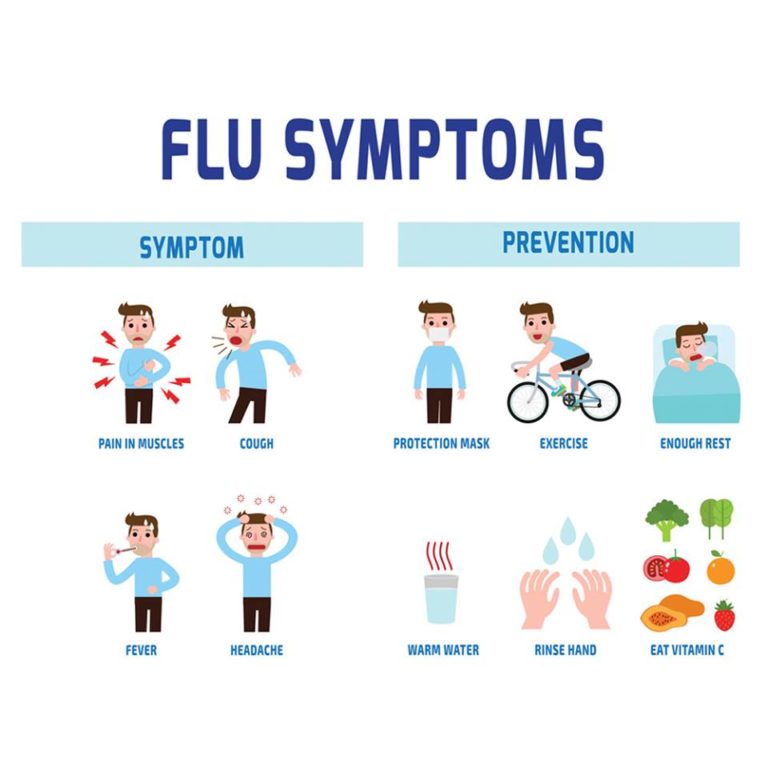 It’s also possible for healthcare providers to treat it using treatments and approaches that help similar or related conditions. If you suspect you have RSD, you should talk to a healthcare provider specializing in conditions like ADHD. These professionals are best equipped to help you understand and learn to manage this issue.
It’s also possible for healthcare providers to treat it using treatments and approaches that help similar or related conditions. If you suspect you have RSD, you should talk to a healthcare provider specializing in conditions like ADHD. These professionals are best equipped to help you understand and learn to manage this issue.
How Dental Implant Rejection Occurs, Signs and Symptoms
Implant rejection is a rare but unpleasant situation. If the surgical protocol is followed and the patient strictly follows the doctor's prescriptions, the risks are minimal - less than 1%. In our Center, the rejection rate is reduced to zero — we install the best Nobel Biocare implants, conduct a thorough diagnosis to eliminate risks, and use sparing installation protocols. All this allows us to provide a lifetime guarantee for implantation. nine0005
How the implant normally takes root
After the implant is placed, the period of its osseointegration with the jaw bone tissues begins, which goes through three stages: While it is not mature and has a low density, it is better to exclude chewing loads so as not to disturb the position of the implant in the jaw.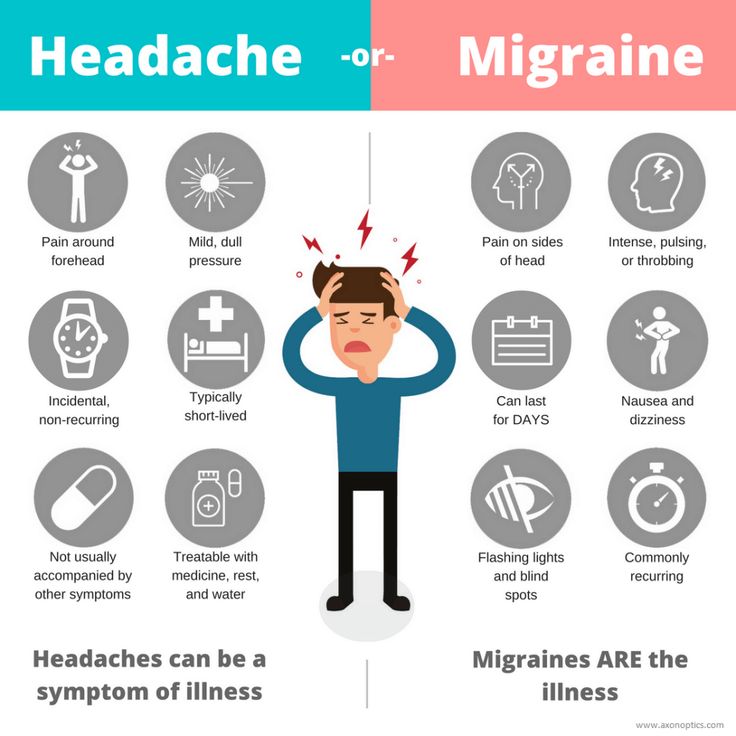
Spongy tissue is replaced by a denser (lamellar) tissue. Completely fills the space between the implant and the jawbone. Provides sufficient stability to load the implant with a prosthetic design.
The implant finally fuses with the bone tissue. After the completion of this period, the success of implantation is determined. If the patient follows the rules of care and operation, nothing should happen to the artificial root. nine0015
After healing, the implant becomes a complete part of the dental system and can last a lifetime .
Reasons for rejection
Medical errors
Components of inexpensive systems in contact with jaw structures can provoke the growth of not bone, but scar tissue.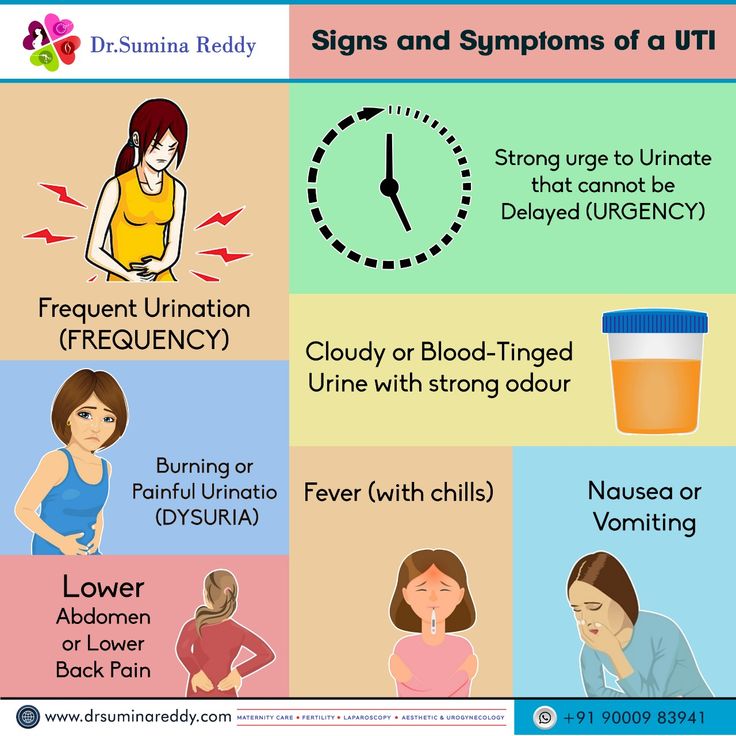 As a result, fibrosis develops, and the structure falls out. nine0015
As a result, fibrosis develops, and the structure falls out. nine0015
If the parameters of bone tissue, its density and volume were not taken into account, bone grafting was not performed, the implant simply will not be able to stabilize in conditions of bone deficiency.
Rejection can occur if the implantologist miscalculates the implant positioning point, damages the maxillary sinus floor in the maxilla or the mandibular nerve in the mandible, overheats the bone, or creates a hole that does not fit the implant. The implant may not take root due to infection due to non-observance of sterility during the operation. nine0015
When installing a prosthesis or crown, it is important to calculate the future loads on the implant, choose an orthopedic structure according to the bite, and prevent the cement composition from getting under the gum.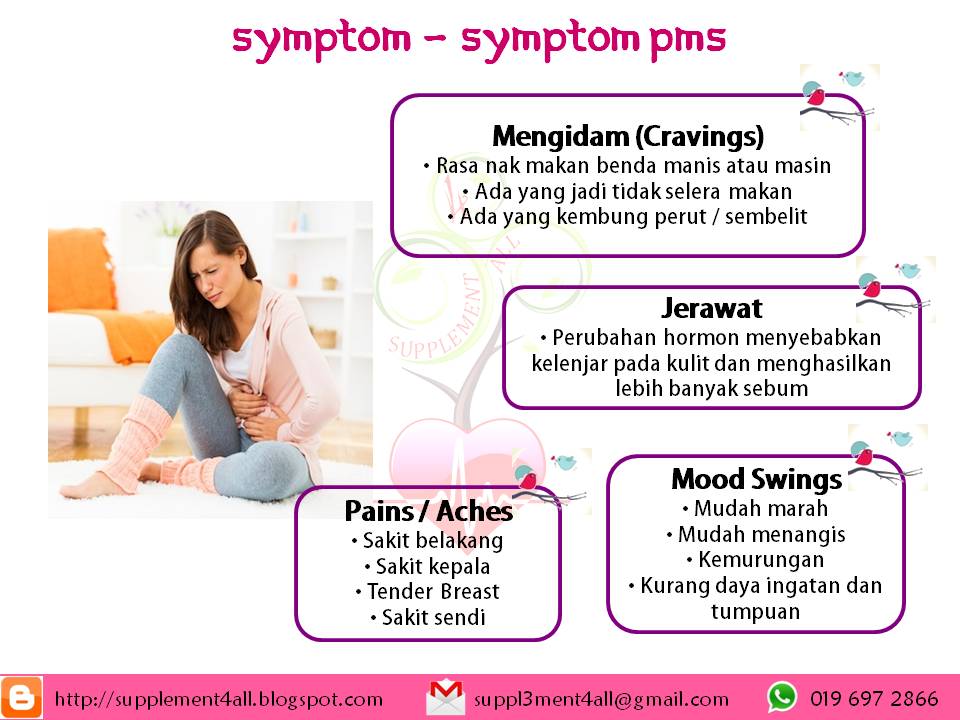 If these conditions are not observed, there is a high probability of injury and infection of soft (mucositis) and bone tissues (peri-implantitis), subsequent loosening and loss of the implant.
If these conditions are not observed, there is a high probability of injury and infection of soft (mucositis) and bone tissues (peri-implantitis), subsequent loosening and loss of the implant.
Patient related nine0005
Tobacco smoke constricts blood vessels and leads to impaired blood circulation in the gums and bone tissues, as a result of which the nutrition of the structures surrounding the implant deteriorates.
Titanium is biocompatible with jaw structures, but may cause an allergic reaction if low quality systems are installed that contain impurities.
Some systemic diseases of the body increase the likelihood of rejection. But many are not a categorical contraindication, they can be adjusted before implantation. nine0015
If the bone structure is porous, even if there is sufficient volume, the implant will not hold. To prevent this, the bone is additionally strengthened.
To prevent this, the bone is additionally strengthened.
At the junction of the implant and the crown, there is a high risk of accumulation of bacteria that provoke inflammation. To prevent infection, you need to thoroughly brush your teeth at home and visit the dentist for professional hygiene. nine0015
If the patient exceeds chewing loads, chews bones, lollipops, the crown on the implant may not withstand and crack, its connection with the abutment may be broken. There is a high probability of inflammation of the surrounding tissues, peri-implantitis and rejection.
See also:
How and why rejection occurs at different times
Express rejection
It occurs with large-mesh porous bone structure. This feature makes it impossible to create a reliable support for the titanium root - the bone is not able to give the implant the necessary stability and nutrition, it cannot provide sufficient tension to hold the implant.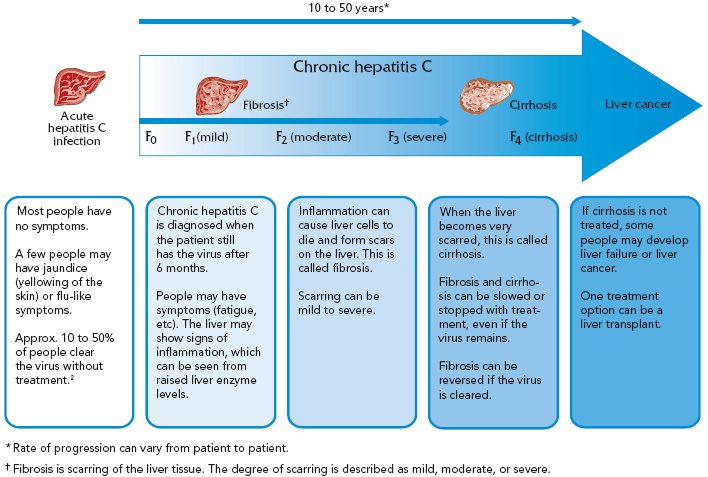 In our Center, the problem is solved with the help of growth stimulants (morphogenetic proteins), which are attached to the implant neck during installation, activate the growth and compaction of the surrounding bone mass. nine0005
In our Center, the problem is solved with the help of growth stimulants (morphogenetic proteins), which are attached to the implant neck during installation, activate the growth and compaction of the surrounding bone mass. nine0005
Also among the common causes of early rejection:
- Excessive crown loading of the implant at the time of healing during express implantation.
- Infection of the jaw tissues during implant placement immediately after tooth extraction with inflammation at the root.
The main cause of implant rejection is peri-implantitis. Infectious inflammation of the tissues around the implanted rod, leading to progressive loss of the jawbone. It develops immediately after installation, after several months and even years. nine0005
Delayed period
If rejection does not occur within a month or two after implantation, then osseointegration has passed without complications.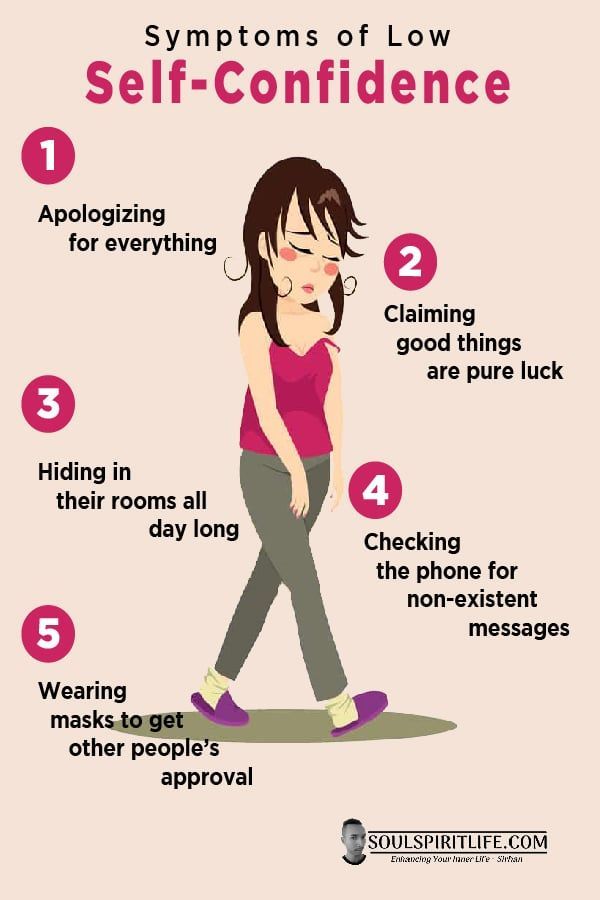 However, there are cases of later rejection, when a permanent crown was placed on the implant and everything looks good. Among the reasons:
However, there are cases of later rejection, when a permanent crown was placed on the implant and everything looks good. Among the reasons:
- Prosthetic errors when the angular chewing load on the titanium root is increased. It manifests itself as pain when chewing, and reddening of the gums. nine0015
- Inflammation of the tissues in the area of the implant due to a bacterial process that develops due to the accumulation of food debris between the teeth. Perhaps an asymptomatic manifestation at first, but over time is accompanied by bleeding of the gums - it looks inflamed, swollen, as in periodontitis. If you do not take action, after a year or two, this condition leads to the loss of the structure.
How common - what is the percentage of failure
Implant rejection is extremely rare, is statistically found in 1-2% of cases . When installing systems from manufacturers who value their reputation, the figure is even lower, is 0. 2-0.5% . These manufacturing companies carefully investigate each case of rejection and exclude negative factors. Professional clinics that use original products and adhere to installation protocols guarantee a survival rate of 99%.
2-0.5% . These manufacturing companies carefully investigate each case of rejection and exclude negative factors. Professional clinics that use original products and adhere to installation protocols guarantee a survival rate of 99%.
Guarantee for implantation in our Center — unlimited !
We work exclusively with reliable, time-tested implants Nobel Biocare (USA) . We carry out detailed diagnostics to identify and prevent possible risks, strictly follow the surgical protocol. Together with the manufacturer, we provide a double lifetime warranty in Dr. Levin Lifetime Warranty!
Levin Dmitry Valeryevich
Chief Physician and Founder of Doctor Levin
Signs and symptoms - how rejection manifests itself
Swelling, pain, fever and bleeding of the gums in the first 5-7 days after implant placement are normal phenomena that disappear on their own. If the symptoms persist after the specified period and increase, you should immediately consult a doctor.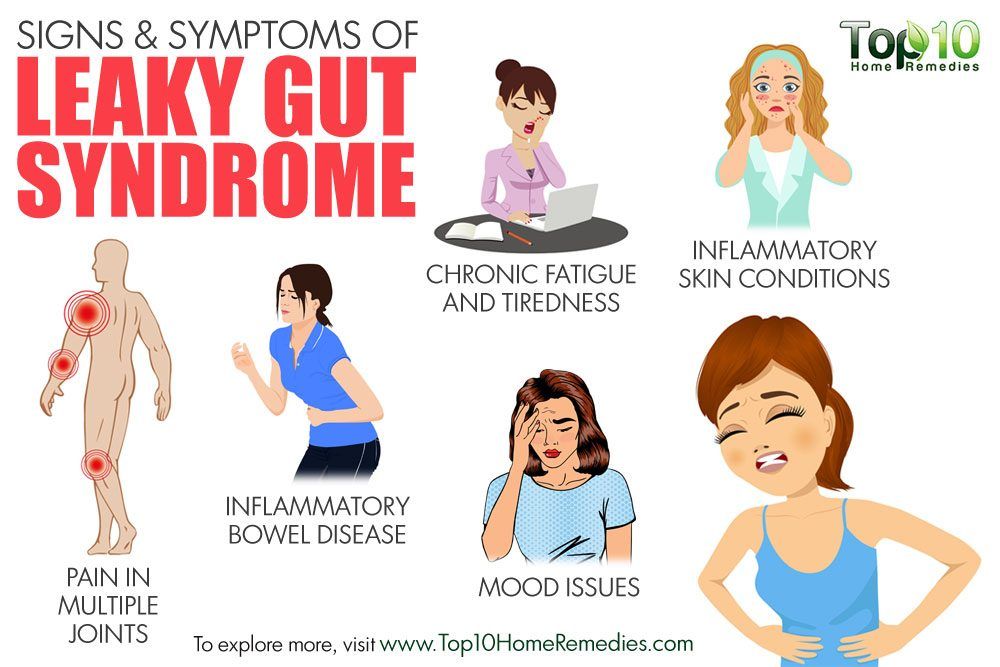
Implant failure is indicated by implants that do not heal for more than 7 days :
Sometimes rejection is asymptomatic or with one of the above symptoms. Regardless of what signs appear, you should be attentive to your own well-being. If something is bothering you, contact the clinic immediately. nine0003 In the early stages of inflammation, there are more chances to save a new tooth!
What do we do to avoid unpleasant consequences
Doctor Levin specializes in implantation. Since 2004 it has been the Nobel Biocare Center for Clinical Excellence in Eastern Europe.
We install the best implants
We work exclusively with Nobel Biocare implant systems. They have their own marking to protect against counterfeiting. Survival is 99.3% is the highest rate in dental implantology. They solve any problems of adentia, even against the background of an acute deficiency of the jawbone. They have a micro-structured active surface that accelerates osseointegration with jaw tissues and activates regeneration processes. Nobel implants warranty - lifetime from the manufacturer . The center, in turn, provides with an unlimited guarantee for the work of doctors.
They have a micro-structured active surface that accelerates osseointegration with jaw tissues and activates regeneration processes. Nobel implants warranty - lifetime from the manufacturer . The center, in turn, provides with an unlimited guarantee for the work of doctors.
Eliminating possible risks
Before implantation, it is important to exclude the patient from diseases that may adversely affect the engraftment of the implant. Among them: blood diseases, uncompensated diabetes mellitus, pathologies of the immune system, oncology. To identify health problems, an anamnesis is collected, blood tests are prescribed, and if necessary, consultations of narrow specialists, such as a cardiologist, endocrinologist, phlebologist. Most chronic diseases are not a categorical contraindication; they are corrected before implant treatment. nine0005
It is equally important to study the condition of the bone tissue in which the implant will be placed.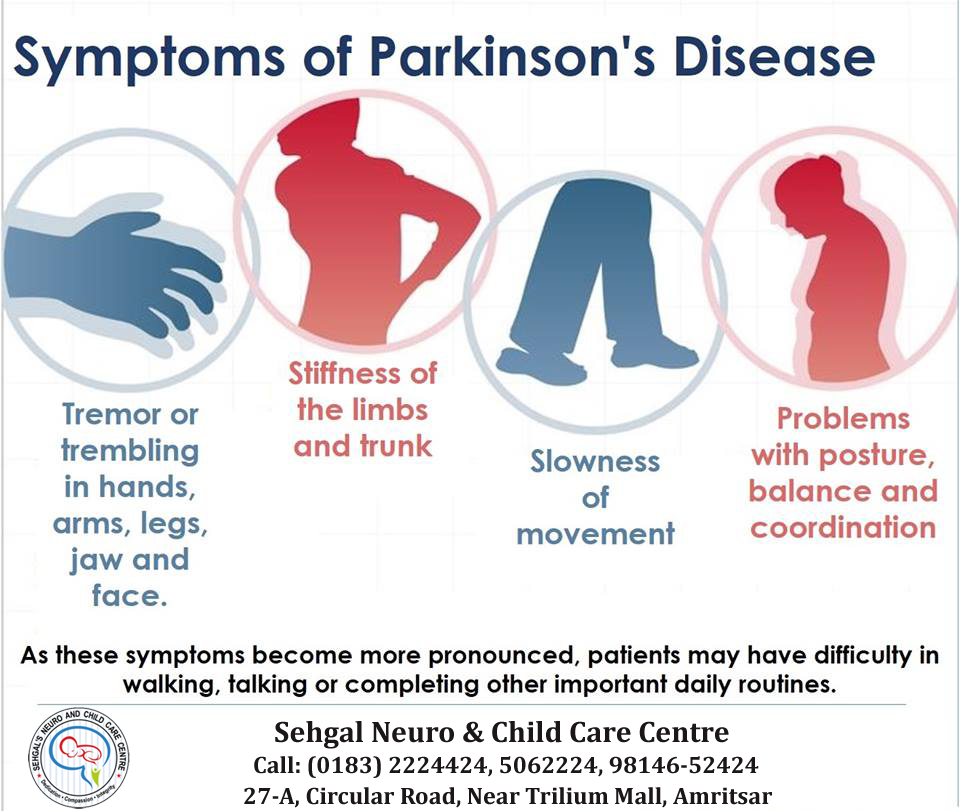 For this, the Center conducts computer diagnostics in the extended ENT mode , which allows you to determine the density of the bone, its height and width, the location of the mandibular nerve, the condition of the maxillary sinuses. The data is used in the planning of the surgical stage.
For this, the Center conducts computer diagnostics in the extended ENT mode , which allows you to determine the density of the bone, its height and width, the location of the mandibular nerve, the condition of the maxillary sinuses. The data is used in the planning of the surgical stage.
Thinking over the treatment plan
Planning is an important step in preparing for surgery to predict the results of treatment. Provides for the selection of models of implants, their location in the jaw, taking into account the anatomical features of the dentoalveolar apparatus, the state of the bone. Our Center performs computer planning , a preliminary virtual rehearsal of the operation is carried out to ensure the accuracy of the real operation and reduce the likelihood of complications.
We work according to a low-traumatic surgical protocol
We use only original components and sparing installation protocols that accelerate engraftment. Since 2012, we have been performing implantation and osteoplastic surgery exclusively according to the minimally invasive ultrasound protocol PiezoSurgery. Bone tissue is carefully prepared, chips and fractures of jaw structures are excluded, engraftment under such conditions is quick and uncomplicated . An ultrasonic scalpel eliminates damage to soft tissues - nerves, blood vessels, maxillary sinus sheath (during surgery on the upper jaw), jaw nerve (during implantation of the lower teeth).
Since 2012, we have been performing implantation and osteoplastic surgery exclusively according to the minimally invasive ultrasound protocol PiezoSurgery. Bone tissue is carefully prepared, chips and fractures of jaw structures are excluded, engraftment under such conditions is quick and uncomplicated . An ultrasonic scalpel eliminates damage to soft tissues - nerves, blood vessels, maxillary sinus sheath (during surgery on the upper jaw), jaw nerve (during implantation of the lower teeth).
We work with the best implantologists
Our doctors are excellent students of medical universities, trained on the basis of Nobel Biocare educational programs. They have more than 7 years of experience, are fluent in advanced methods of treatment, and successfully apply them in practice. nine0003 Complicated operations are carried out daily for the installation of implants, bone grafting. The salary of our implantologists and maxillofacial surgeons is 2 times higher than the average in Moscow, which allows us to work with the best specialists.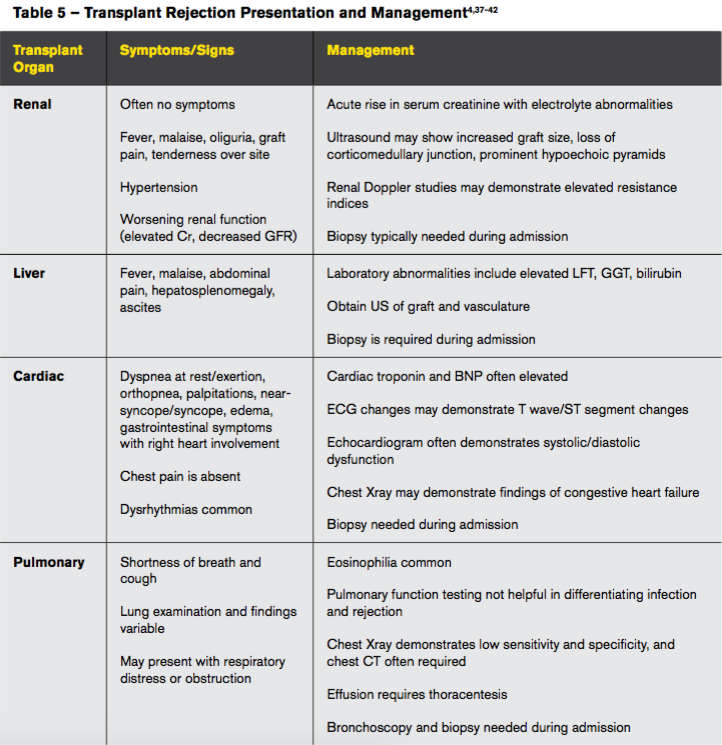
Maintaining sterility
This is one of the main conditions for successful implantation. Our Center operates in accordance with Anti-AIDS - Anti-Hepatitis program. Equipped with its own sterilization stations. During the operation, the doctor uses only sterile instruments. Each implant is packed in a sterile box, which is opened immediately before installation. The risk of infection is zero. nine0005
Taking action in time
We never leave patients to fend for themselves after implantation. Each receives a free post-operative medication kit for home use. For improved recovery, the Center has developed a unique complex of accelerated rehabilitation to reduce pain, prevent the formation of swelling, hematomas. The rehabilitation period is constantly monitored by a doctor , patients are invited for scheduled examinations. The doctor is on call around the clock, in case the patient has questions during the recovery period.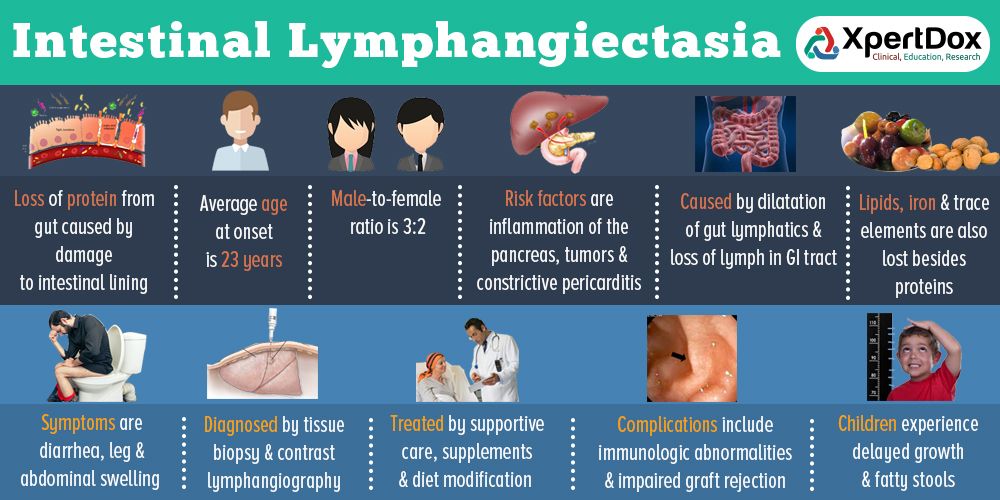 After the end of the recovery phase patients regularly undergo medical examinations (at least once a year) to control the situation in the long term.
After the end of the recovery phase patients regularly undergo medical examinations (at least once a year) to control the situation in the long term.
What should patients do to prevent the situation?
- We recommend to carefully consider the choice of clinic . The risks are minimal when the operation is performed by an experienced doctor in a well-equipped clinic. Large Centers do not save on equipment and staff training. When choosing a dentistry, you can focus on the reviews of patients who have already undergone treatment in it. nine0015
- Pass a complete examination , tell the doctor about all health problems without hiding anything.
- When choosing implants , you should not save , in this situation the price is proportional to the quality.
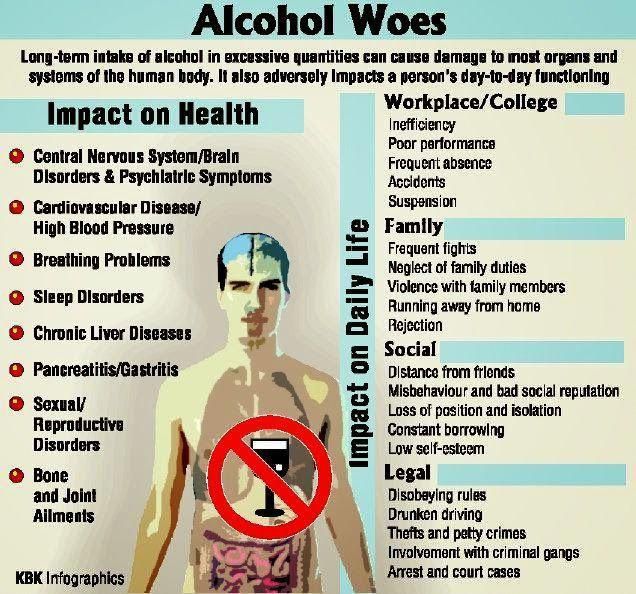 Popular brands have more guarantees, less risks.
Popular brands have more guarantees, less risks. - Follow doctor 's recommendations in the postoperative period, including giving up bad habits.
Recommendations to help avoid implant rejection:
- Eliminate solid foods from the diet so as not to overload the implant
- Quit smoking - smokers have a higher risk of rejection
- Take prescribed drugs
- Avoid overheating and hypothermia
- Maintain oral hygiene 2-3 times a day, rinse your mouth with antiseptic solutions, use floss, irrigator to remove food debris from interdental spaces
- Visit the clinic according to the schedule. nine0015
Can I keep the implant if rejection symptoms have already appeared?
If there are signs of implant rejection, urgently contact clinic . The sooner action is taken, the greater the chance of saving a new tooth.
The measures to be taken are determined by the doctor based on the examination of the installed implant and the X-ray data.
Treatment tactics are individual in each clinical case. Here are some examples:
- Inflammation at the initial stage, affecting the surrounding soft tissues
The plug screw is unscrewed from the implant, the gum in the area of contact with the implant and the plug are cleaned and disinfected. The screw is returned to its place, sutured. - Inflammation affects deeper periodontal tissues, but does not go beyond them
The gum is opened, the affected area is cleaned and disinfected, a course of antibiotic therapy is mandatory. nine0015 - The infection spreads to the bone tissue
The degree of bone destruction is revealed. After removal of necrotic tissues and relief of the inflammatory process, bone grafting is performed (guided bone regeneration using protective membranes). - Serious tissue damage accompanied by bone loss
A decision is made to remove the structure.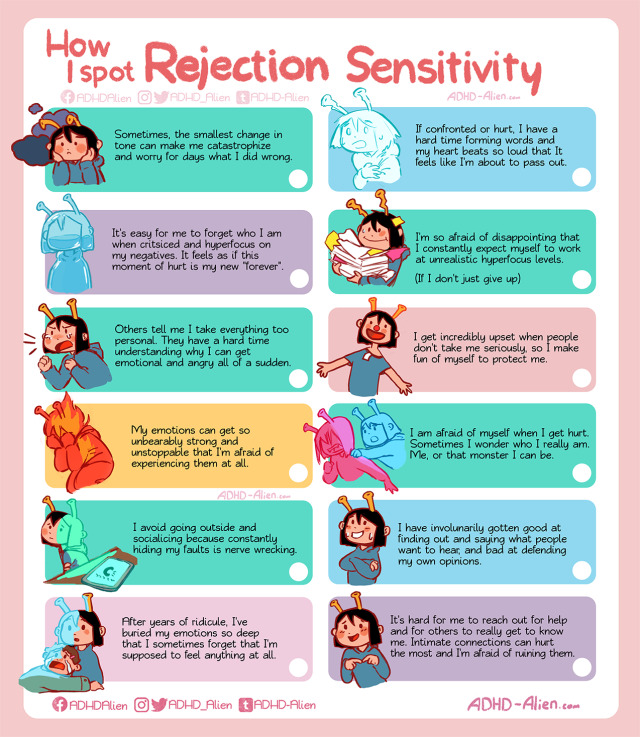 The bone tissue is cleaned, after the elimination of the inflammatory process, it is restored by one of the methods of osteoplasty. Next, the question of the possibility of re-implantation is decided. nine0015
The bone tissue is cleaned, after the elimination of the inflammatory process, it is restored by one of the methods of osteoplasty. Next, the question of the possibility of re-implantation is decided. nine0015
Is it possible to re-implant?
In most clinical cases, the implant can be re-placed, but only after the infection has been eliminated and the damaged tissue repaired. If there are no contraindications, implantation is carried out 1-2 months after the removal of the unattached construct . If the jawbone remains unloaded for longer, an atrophic process begins.
The final decision is made depending on the reason for the rejection. If the cause is a chronic disease or the reaction of the body to a foreign body, repeated attempts will not work. It is better to choose another method of restoring missing teeth. If the patient does not want to quit smoking, there is no point in repeating the procedure. nine0005
Levin Dmitry Valerievich
Author of the article.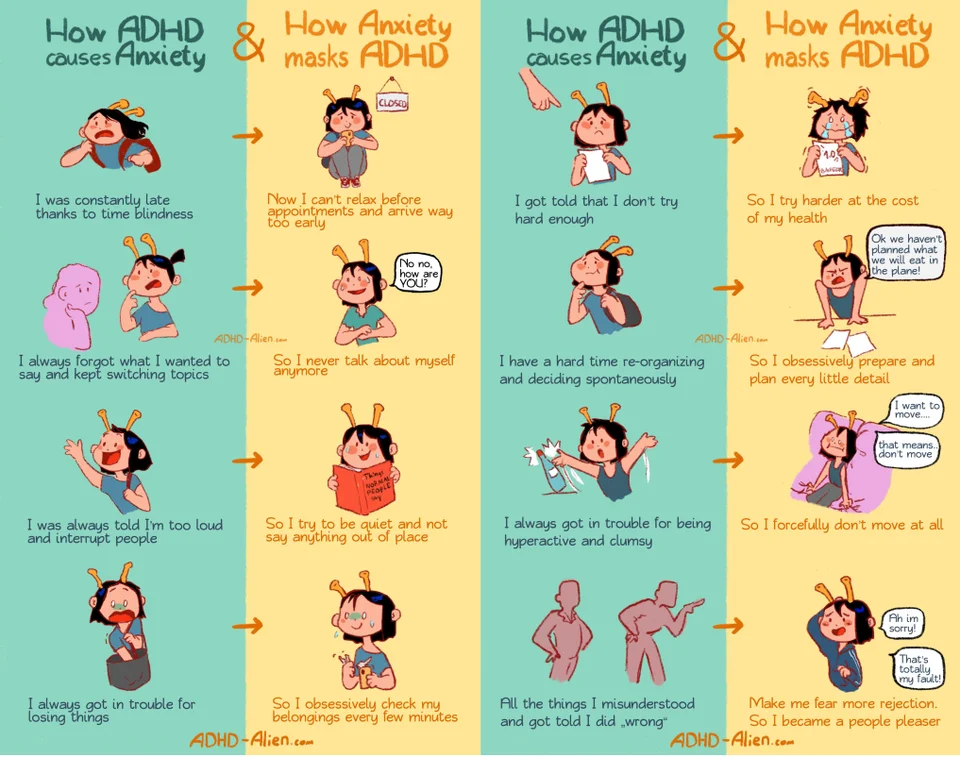 Oral and maxillofacial surgeon, chief physician of the Center
Oral and maxillofacial surgeon, chief physician of the Center
Published: 01/06/2022
Updated: 03/22/2022
causes, symptoms and prevention methods
Stages of dental implantation.
At the appointment, the implantologist asks the patient about his state of health, gives a referral for a series of tests. If there are problems with the oral cavity, then inflammation, caries, etc. are first eliminated. If there are no contraindications, then the patient is scheduled for surgery. nine0005
Anesthesia (local) is given before implantation is started. The next step is to install the implant. The gum is incised, if necessary, bone tissue is built up. The titanium rod is screwed into the bone, the incision is sutured.
The temporary crown is then fixed. It is fixed if the implant is well fixed in the bone. A permanent crown is placed after the artificial root has taken root, after 3-5 months. An abutment is fixed on the implant, and a permanent crown is placed on it.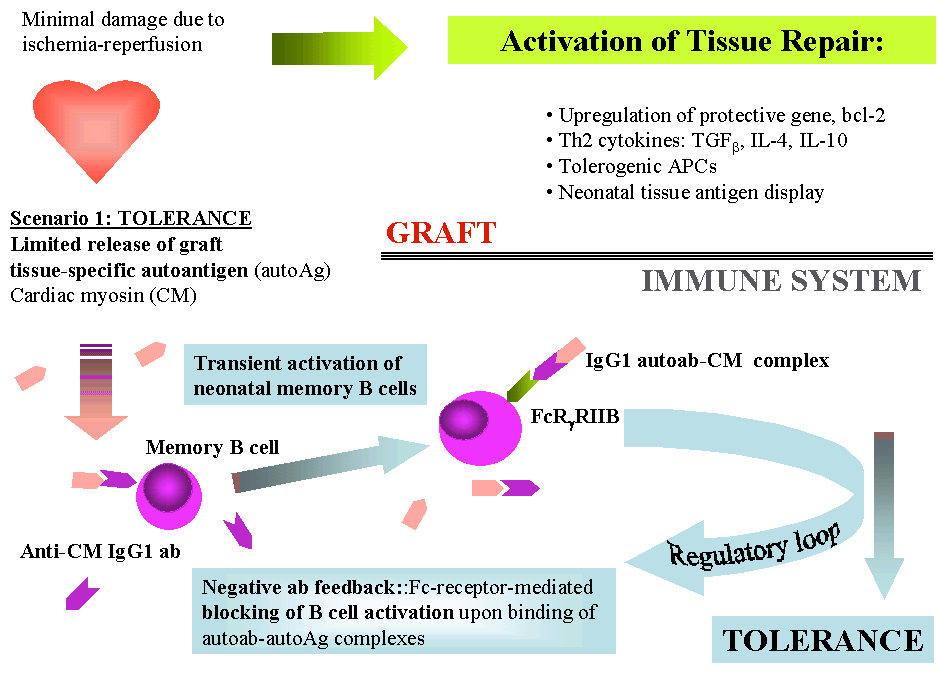
What is the implant itself
Dental implant - an artificially created structure, including components:
- Implant - a titanium rod screwed into the jaw
- Abutment - the upper part of the device attached to the shaft. A crown or prosthesis is attached to the abutment.
Dentists use different types of implants based on the structure of the patient's jaw. Consider the issue of implant engraftment and non-engraftment. nine0005
Signs of engraftment
Conventionally, the engraftment period is divided into 3 stages:
- Short-term
- Medium term
- Long term
In the first 7-9 days, the feeling of pain, discomfort associated with the implantation site begin to disappear, you do not need to take an anesthetic. Puffiness is reduced, there is no discharge.
From 14 days to 2 months, the gum takes its original shape. The sensation of a foreign body disappears completely, as does the pain.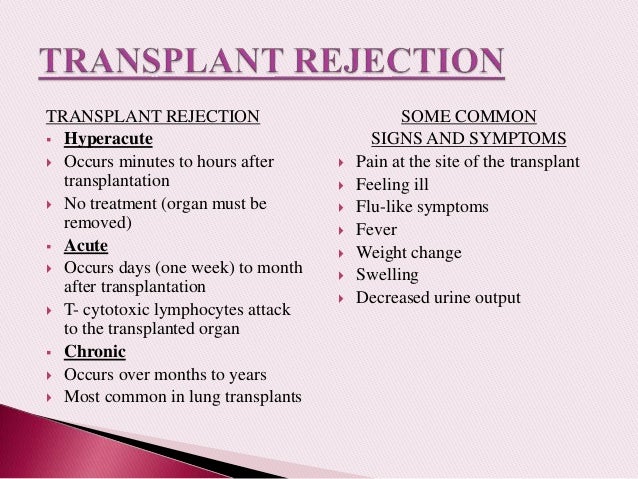 In the long term, the implant finally takes root, the fixation is strong. nine0005
In the long term, the implant finally takes root, the fixation is strong. nine0005
According to statistics, implants take root in 99% of cases. However, it is extremely rare, but it happens that the implant did not take root. Consider the signs that indicate that the process of rejection has begun.
Signs of dental implant rejection
- Pain increases rather than disappears 2 weeks after surgery.
- Gingival edema pronounced.
- There is discharge from the wound that does not disappear after 7-9 days, a strong unpleasant odor appears from the oral cavity. nine0015
- The structure becomes mobile.
- An abscess forms under the implant.
- Painful sensation with light pressure on the place where the implant is placed.
- Increased body temperature.
At what stages of engraftment implant rejection is possible
According to statistics, rejection in the vast majority of cases begins within 4-7 days after implant placement.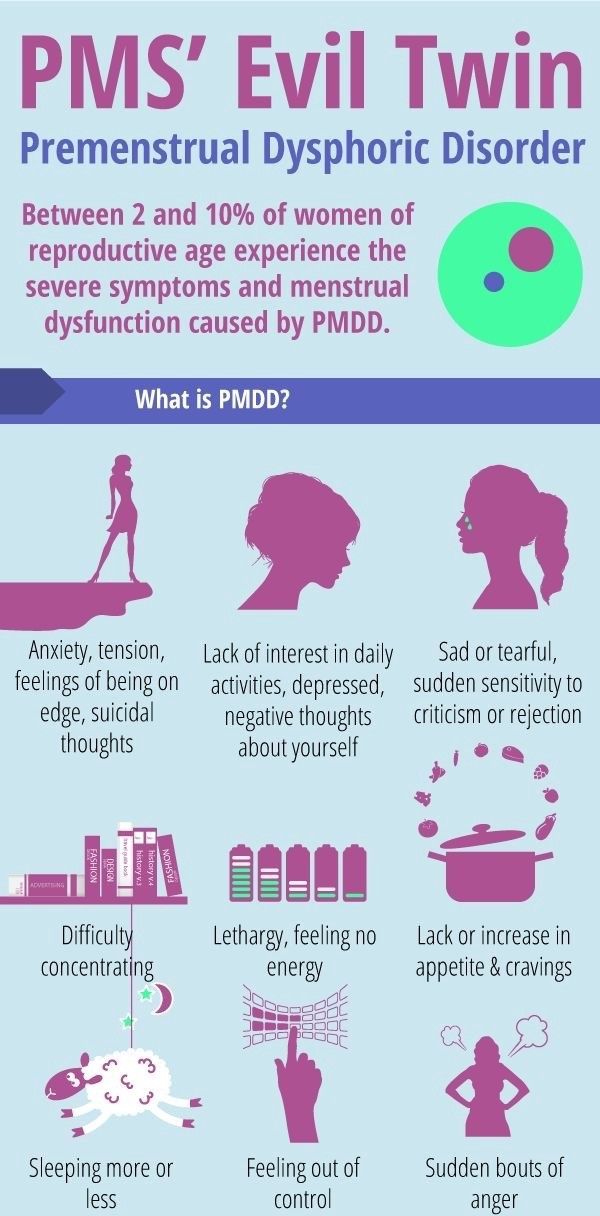 However, rejection can begin after six months, and sometimes after 2-5 years. nine0005
However, rejection can begin after six months, and sometimes after 2-5 years. nine0005
Non-survival of the implant: the reasons may be:
- Chronic diseases in remission that may worsen after dental surgery.
- Non-compliance by the client with the recommendations of the dentist. If the patient does not observe oral hygiene, loads the implant, rarely comes to the doctor for examination, smokes, there is a high probability that the process of rejection will begin.
- Allergic reactions to implants. Although implants are made from titanium, a non-allergic metal, some patients may become intolerant to titanium. nine0015
- Poor quality implants. Unfortunately, many clinics use cheap implants made in violation of technology. Sometimes there are fakes for branded models.
- Error of the implantologist. If the qualification of a specialist is low, the risk is high that he will make a mistake. As a result, the rejection process will begin.
Prophylaxis Methods
1.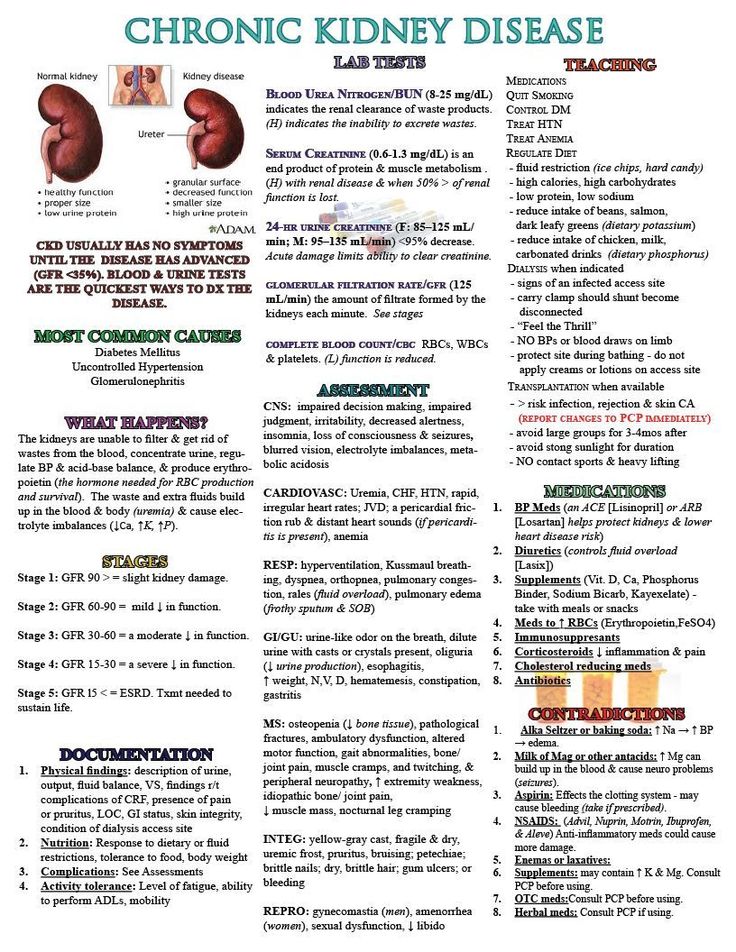 After the operation is completed, the patient is advised to periodically apply a cold compress to the outside of the implanted area. Eating is allowed only after 3-4 hours, when anesthesia passes. Food should be warm, liquid, so that the jaw does not experience stress. nine0005
After the operation is completed, the patient is advised to periodically apply a cold compress to the outside of the implanted area. Eating is allowed only after 3-4 hours, when anesthesia passes. Food should be warm, liquid, so that the jaw does not experience stress. nine0005
2. Do not eat sour, fatty, spicy food during the first 6-7 days. Sleep on a high pillow. Physical activity is contraindicated and work with weights is excluded during the first week.
3. Brushing your teeth should be gentle. Use gel toothpaste.
If the patient smokes, stop smoking. The brush should have soft bristles. Alcohol is prohibited for a month. Baths and saunas are also prohibited.
You can rinse your mouth with warm saline solution. Be sure to visit the doctor regularly so that he examines the implantation site. nine0005
If the patient complies with the above requirements, the risk of implant rejection is minimal, although it cannot be completely ruled out.
What to do if implant rejection does start
If the implant does not take root, there are signs indicating rejection, you should immediately contact the clinic where the implant was performed.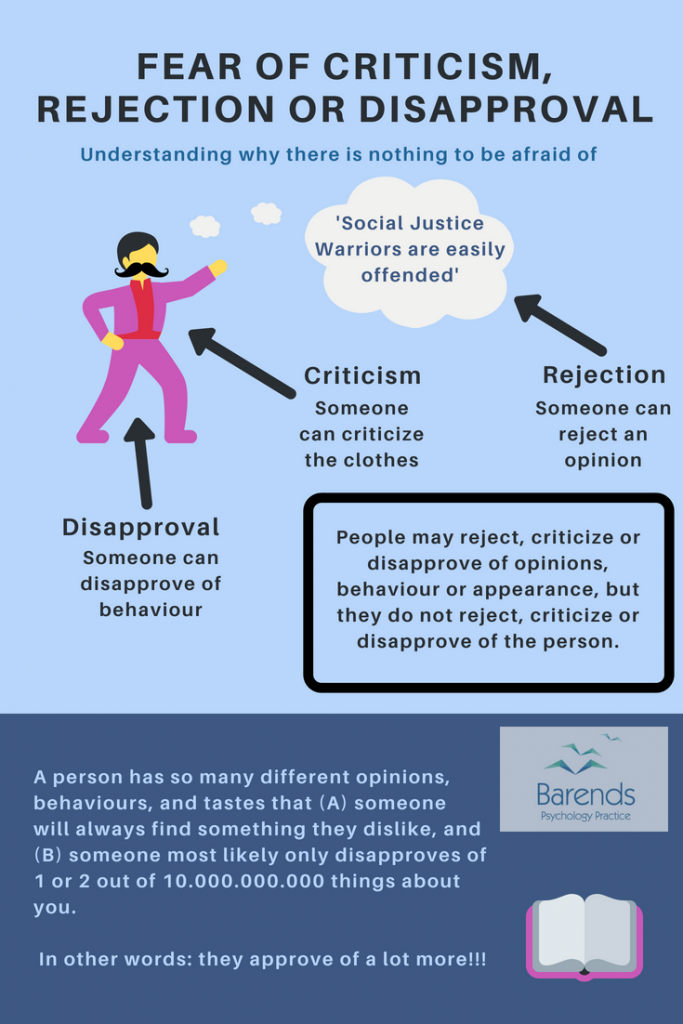 The doctor will conduct an examination. After the examination and X-ray, he will decide what measures to take.
The doctor will conduct an examination. After the examination and X-ray, he will decide what measures to take.
If the patient does not go to the doctor in time, then an atrophic process will develop - the implant will have to be removed! nine0005
Measures
In each case, the treatment tactics are individual. If after installing the titanium rod an unpleasant odor appears, then the plug screw is unscrewed from it, cleaned, put in place. If the periodontal tissue is inflamed, the gum is opened, cleaned and disinfected. An antibiotic is prescribed.
When the focus of infection spreads to the bone, the inflammatory process is stopped, necrotic tissue is removed, and bone grafting is performed. If the tissues are severely affected, bone recession has begun, then the implant is removed. nine0005
Is it possible to re-implant? Yes, a second operation can be performed after 1-2 months.
We strongly recommend that you contact clinics where implantation operations have been performed for a long time, where highly qualified doctors work.


